Too easy to be green? 13,500 U.S. buildings certified LEED

Only 14 percent of LEED buildings generate renewable energy others get easy points & massive tax breaks
The LEED Silver Palazzo Hotel and Casino (above) boasts many features of Las Vegas excess — an indoor waterfall, a smoke-filled gaming area, seven decorative fountains and guest suites with three TVs and power-controlled curtains.
Yet, the 50-story complex achieved an unlikely and lucrative milestone after opening in 2008: A powerful private organization declared it an environmentally friendly "green" building, the world’s largest at the time. The designation won owner Las Vegas Sands Corp. a $27 million tax break over 10 years because a Nevada law puts the private group — not the government — in charge of deciding which buildings are green enough for a taxpayer subsidy.
The U.S. Green Building Council, a building industry nonprofit, credited the Palazzo for having bike racks in the garage; room cards telling guests when towels are replaced; landscaping that does not use grass, which local law prohibits anyway; and preferred parking for fuel-efficient cars — spots that on a recent week were apparently occupied by Ford Expeditions, Chevy Tahoes, vans, sports cars and a Hummer.
Across the United States, the Green Building Council in Washington, D.C., has helped thousands of developers win tax breaks and grants, charge higher rents, exceed local building restrictions and get expedited permitting by certifying them as "green" under a system that often rewards minor, low-cost steps that have little or no proven environmental benefit, a USA Today analysis has found.
The council has certified 13,500 commercial buildings in the U.S. as green and become one of the most influential forces in building design by helping persuade public officials and private builders to follow its rating system, known as LEED.
LEED, or Leadership in Energy and Environmental Design, awards buildings points for features that aim to minimize emissions, water use, waste and indoor pollutants. A new commercial building needs 40 out of a possible 100 points for certification.
A USA Today review of 7,100 LEED-certified commercial buildings shows designers often target the easiest and cheapest green points by trying to create pleasant and healthful office spaces, using common building materials or taking steps with an unknown effect — such as providing preferred parking for fuel-efficient cars, bike racks and showers — and posting educational displays.
Most design teams have won a point each for including someone who has passed a LEED exam. Thousands more have won points for giving office workers their own light switches, views of the outdoors or temperature-control mechanisms, which can include operable windows or desk fans.
More than 6,000 buildings got credit for using structural steel or concrete, common building materials that the council considers green because they are made from recycled material.
"People have a tendency to buy points — they buy that bike rack even though there’s no value in it," said architect Bob Berkebile, who helped create LEED in the 1990s and remains a strong proponent. "It’s unfortunate. That’s just where we are at this time."
Yet, environmentalists and experts widely praise LEED for sparking environmentalism in the building industry.
"LEED put this on the agenda single-handedly and rallied a mass of people interested in green buildings who didn’t have a framework," said University of California engineer Arpad Horvath, whose 2006 study criticized LEED for not considering the lifetime effect of its various points.
LEED also has expanded the use of green practices such as energy modeling of buildings and of green products such as low-flush toilets, low-emitting paints and materials made from wood that is sustainably harvested.
LEED’s growth has been driven partly by the building council itself, a 13,000-member nonprofit chiefly run by architects, builders and building suppliers. Many specialize in — and profit from — the type of design the council certifies and promotes. The council collects up to $35,000 in fees for each LEED certification.
Some LEED-certified buildings include advanced or costly technology such as solar panels, on-site water treatment and highly efficient heating and cooling systems.
But LEED does not require designers to take specific steps beyond meeting minimum standards in water and energy conservation, recycling and indoor air quality. Designers chart their own courses, choosing from roughly 50 options that range from minimizing light pollution and storm water runoff to maximizing interior daylight and ventilation. More options bring higher certification levels — from silver to gold to platinum — and sometimes bigger tax benefits.
The most popular LEED option — earned in 99.7 percent of the buildings — has no direct environmental benefit but generates millions of dollars for the building council by giving one point if a design team has a LEED expert. People become experts by passing a LEED course and paying $550 to $800 to a nonprofit that the building council created in 2007. The building council gets 5 percent of those fees — $3.3 million from 2008 through 2010, council tax records show.
"We put in some very easy points," said Rob Watson, a former Natural Resources Defense Council scientist who led the writing of LEED in the 1990s. "We wanted people who were six or seven points away (from certification) to see that if they could get three or four easy points, then LEED was accessible. We wanted LEED to be accessible both economically and technically."
At the other extreme, only 14 percent of buildings generate renewable energy, and 12 percent include major water-reduction steps such as using waterless urinals or treating sewage on site.
The reasoning behind decisions to work toward LEED standards vary among companies tied to some of the Lansing region’s most prominent recent projects — among them Accident Fund Holdings Inc., which converted the former Ottawa Power Station in downtown Lansing into its national headquarters; General Motors Co., which opened its newest local assembly plant in Delta Township in 2006; and Christman Co., a construction contractor and developer that renovated a historic building downtown for its central office.
Christman Co.’s headquarters on Capitol Avenue became the first project to earn triple-platinum certification, the highest level on the four-tiered LEED spectrum. Gavin Gardi, Christman’s sustainable programs manager, said gaining that designation cost the developer $170,000. Christman also incorporates "green" building concepts in its other construction projects.
The company saves $50,000 to $55,000 each year in energy use, Gardi said. Christman also received credit for renovating an obsolete building located on a public transit route.
"We didn’t exactly design to a LEED checklist. Rather, we used the checklist to see how we would do it," Gavin said. "That’s the approach we take on all our projects. We don’t chase points. We try to make good, integrated decisions that then result in a cost-effective, high-performance building."
Accident Fund executives set out to achieve basic certification, the level with the fewest environmental requirements, given the cost required to include such components, said Steve Reynolds, its vice president corporate secretary and services. The power station renovation ultimately was certified gold.
The insurance holding company doesn’t follow LEED operating standards but earned points for construction, Reynolds said. Among the elements: The building’s brownfield status, public transit access, bicycle storage, a high-efficiency roof and specialized water fixtures. That alone reduced water use by 41 percent, Reynolds said.
GM’s Lansing Delta Township plant — which turns out the Buick Enclave, GMC Acadia and Chevrolet Traverse crossovers — received a gold rating from LEED when it opened several years ago. The plan’s environmentally friendly features include exterior lights that reduce light pollution, a roof that reflects heat to reduce cooling costs, waterless urinals and an outside natural area.
GM officials said they couldn’t break out the total cost of the LEED items. But they said the Detroit carmaker has saved $1 million annually for some of the energy-saving components, including 5.1 million gallons of water.
In 2009, responding to criticism, the building council revised LEED to put more emphasis on energy conservation.
But the revision highlights a central problem: LEED certification is awarded before occupancy. Points for minimizing energy and water use are based on projections, not on actual energy and water use.
Designers can earn up to 19 points for projecting lower-than-average energy use. The projections come from computer models that analyze hundreds of features. Such models are good at comparing designs to show which would use less energy. But they are bad at quantifying actual energy use, which depends largely on how a building is used and maintained.
The Environmental Protection Agency said "it is a common misconception that new buildings, even so-called ‘green’ buildings are energy-efficient." The EPA’s voluntary EnergyStar program certifies only buildings that prove energy efficiency over a year of occupancy, and rates buildings every year.
LEED tries to address the problem by offering one point for buildings that measure actual energy use. Only 23 percent of the LEED-certified buildings have taken that option, USA Today found.
A new version of LEED, likely to become mandatory in mid-2015, will require building operators to write a plan for running a building efficiently and to tell the council a building’s energy and water use for five years.
See Responsible travel boss hits out at rampant greenwashing story
Valere Tjolle
VISION latest sustainable tourism special offer: Sustainable Tourism Report 82% OFF HERE
 United Kingdom
United Kingdom United States
United States Asia Pacific
Asia Pacific







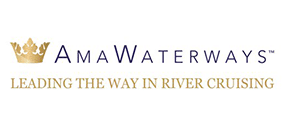
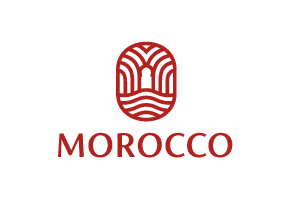


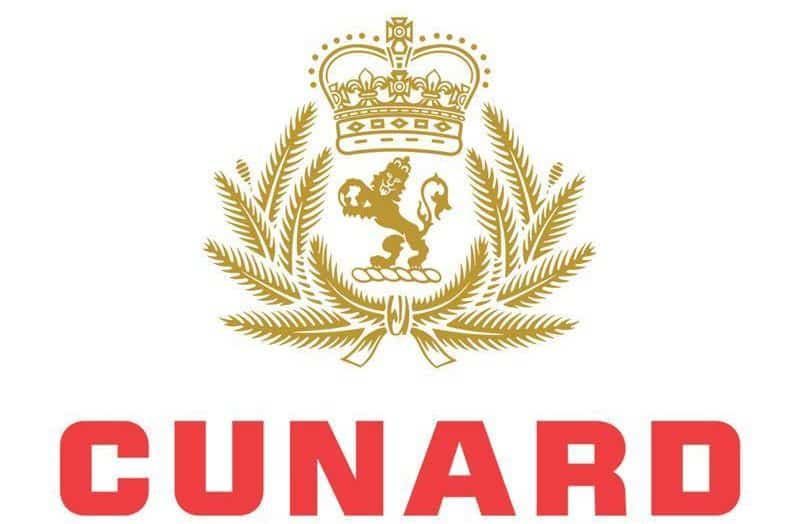




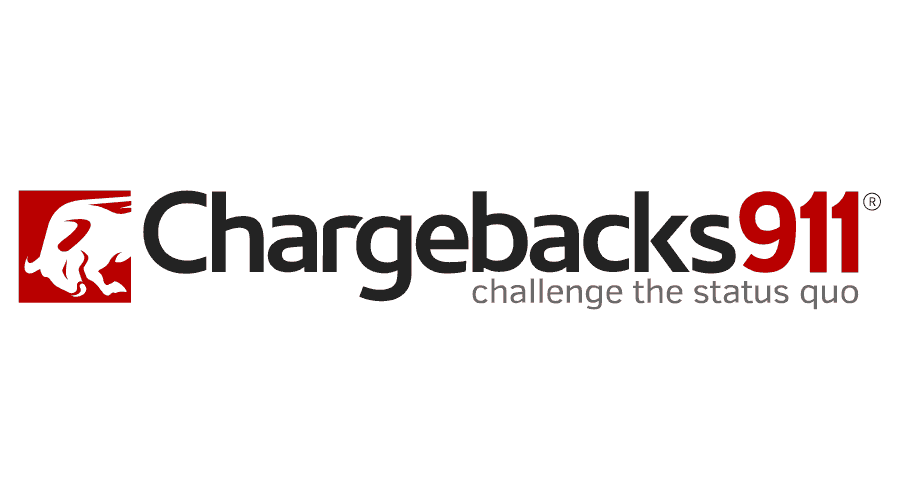

















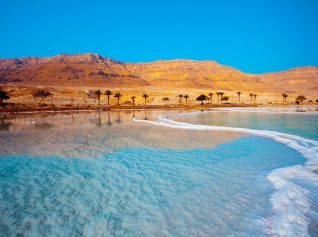

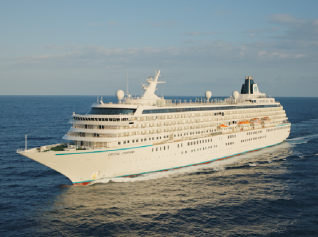







Dozens fall ill in P&O Cruises ship outbreak
Turkish Airlines flight in emergency landing after pilot dies
BA suspending all Heathrow to Abu Dhabi flights
Unexpected wave rocks cruise ship
Woman dies after going overboard in English Channel